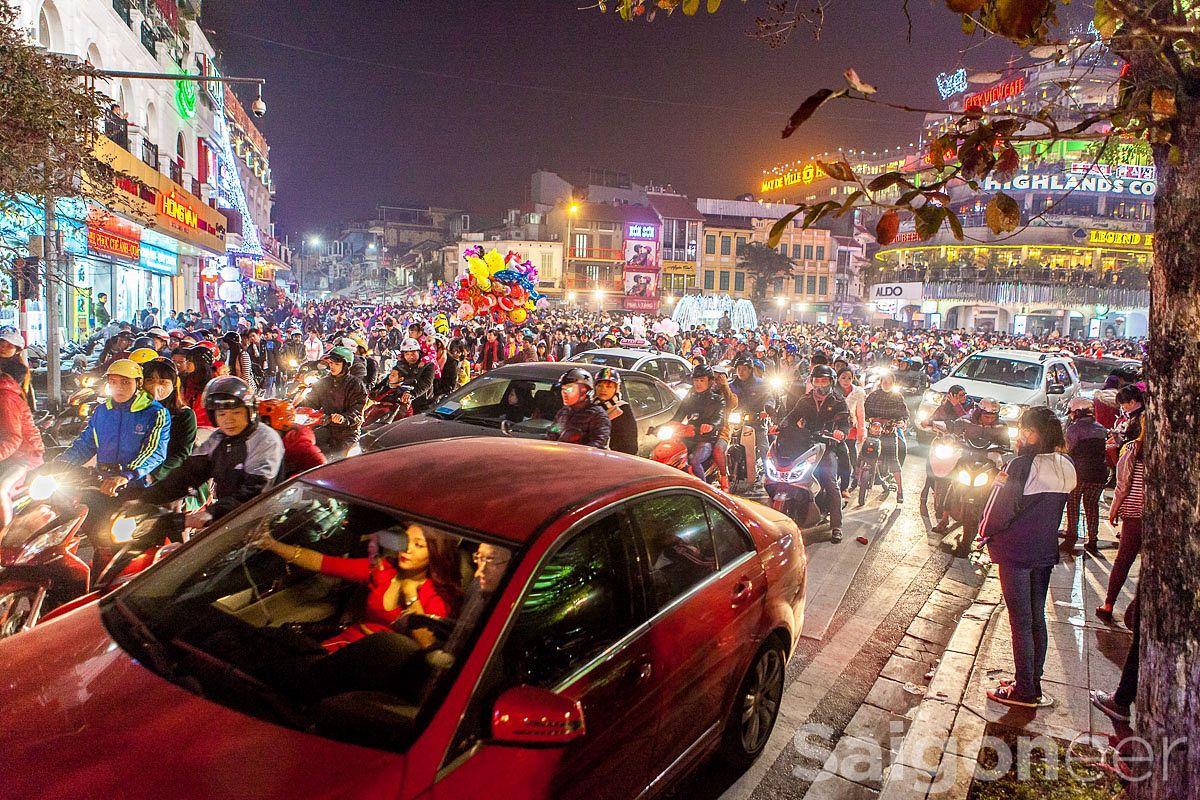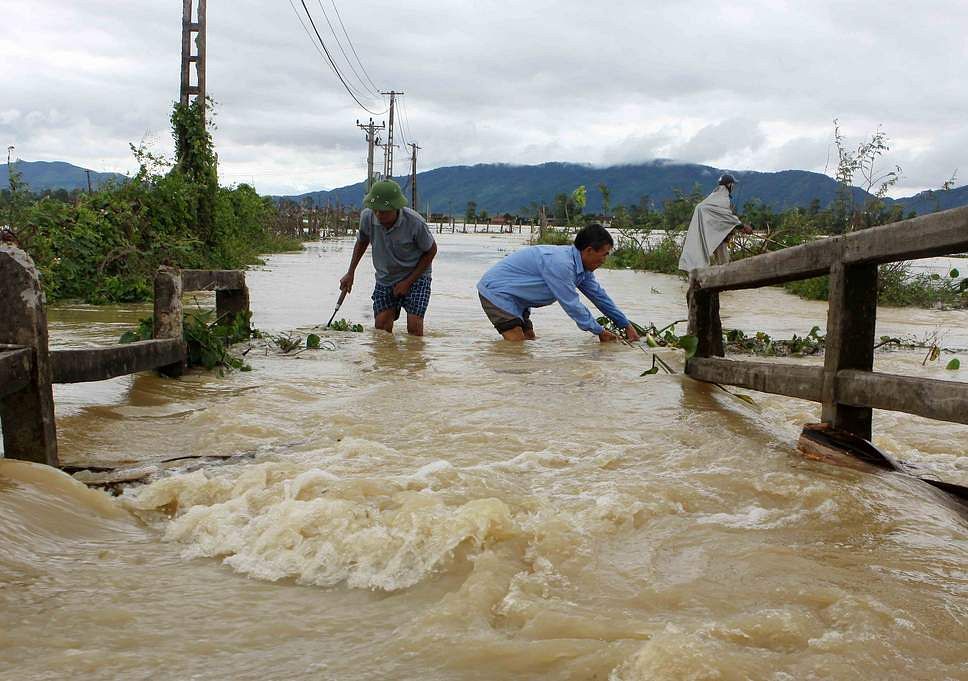Though only half of the country's citizens qualify as middle class, 96% of all Vietnamese self-identify that way, according to a recent survey.
In a report published by Japan-based think tank Hakuhodo Institute of Life and Living ASEAN (HILL ASEAN), researchers found a staggering 96% of Vietnamese citizens consider themselves middle class, while that number is only about 50% in reality.
Last year, Vietnam's per capita GDP surpassed the US$2,100 mark, with the average Vietnamese citizen pulling in an income of US$2,109 per year, according to Tuoi Tre. Government officials expect this number to grow a staggering 65% over the next five years, however judging by the perception of its people, Vietnam is already doing well for itself.
In the HILL ASEAN survey, however, those who earned an average annual income – adjusted for purchasing-power parity – from US$5,000 to US$35,000 were considered middle class. Focusing on five ASEAN nations – Malaysia, Thailand, Vietnam, Singapore and Indonesia – the think tank's research indicated Vietnam was the country with the greatest discrepancy between the actual and self-identifed middle class.
“The self-perceived middle class is not only about how much someone earns but also about the degree to which they can attain their desired lifestyle,” HILL ASEAN said, according to Tuoi Tre. “Those with low incomes but living their desired lifestyle are middle class, as are those on high incomes that cannot live their desired lifestyle if they do not work.”
Overall, the survey showed ASEAN nations developing into societies in which large groups self-identifed as middle class despite actual income, lining up their means – whether big or small – with their desired lifestyle, a phenomenon which HILL ASEAN strategic planning manager Ann Liew calls a “seamless middle”.
A recent report by Boston Consulting also supports the seamless middle concept, according to MSN. The US-based management consulting firm's 2016 Sustainable Economic Development Assistance (SEDA) report named Vietnam fourth among 149 nations worldwide for its ability to convert wealth into well-being for its citizens. While Vietnam's GDP per capita, based on purchasing-power parity, is just US$5,200 – lower than both Thailand and China – the country has well-being levels which “would be expected of a country with GDP per capita of more than US$10,000”.
Moving forward, Deputy Minister Nguyen Xuan Phuc told Tuoi Tre that the government aims to have a GDP per capita between US$3,200 and US$3,500 by 2020.
[Photo via Huffington Post]














